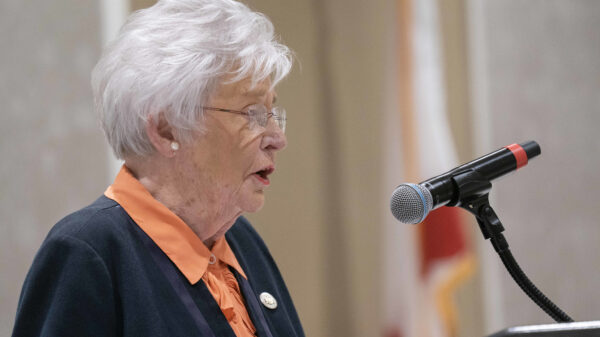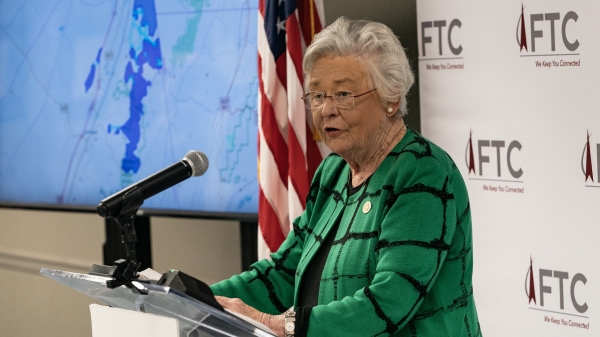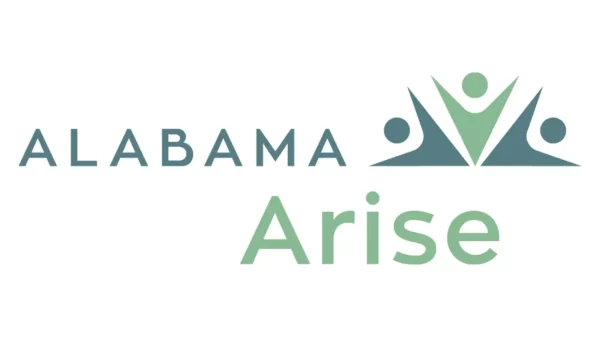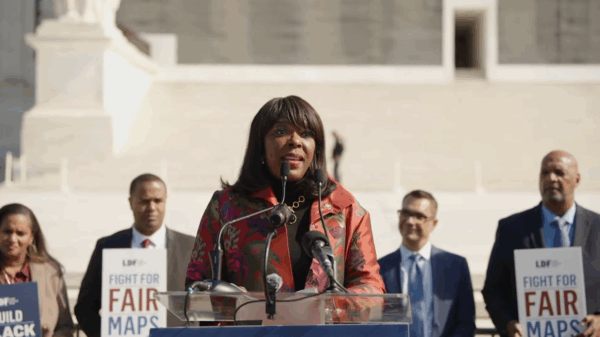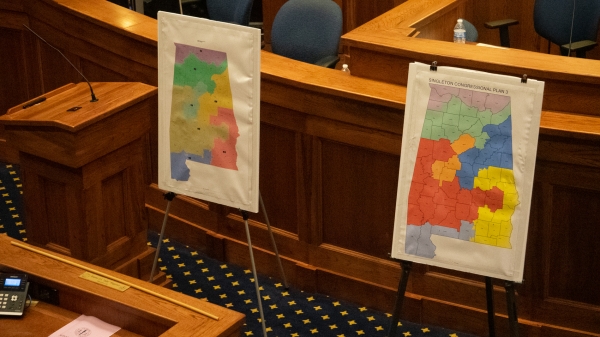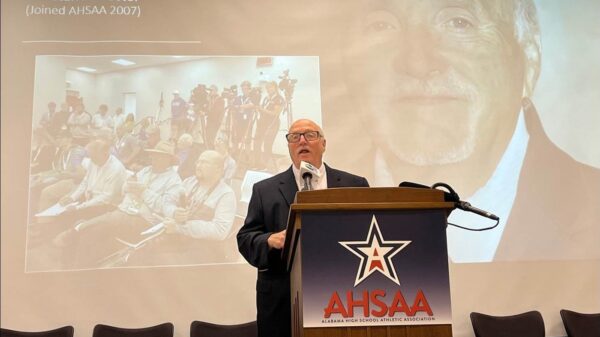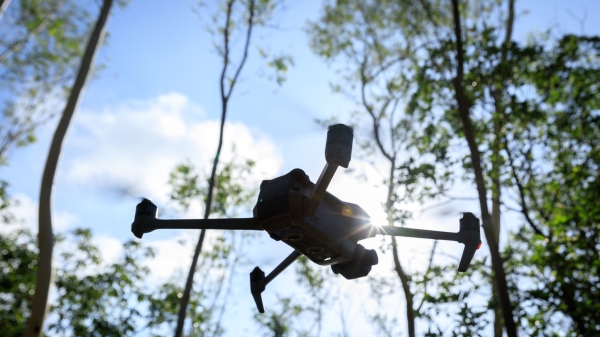The Governor’s Office of Education and Workforce Statistics and AlabamaWorks conducted a third iteration of the Alabama Survey of the Unemployed and Underemployed, which focused on the barriers facing Alabamians as they seek to re-enter the workforce in wake of the COVID-19 pandemic.
The survey was conducted by Cygnal between June 29 and July 14, 2021, with a survey sample size of 411 underemployed and unemployed Alabamians. The results of the third iteration of the Alabama Survey of the Unemployed and Underemployed underscore the need to provide access to short-term workforce training programs that provide high-quality, short-term and stackable credentials linked to an in-demand job.
COVID-19 is still having an impact on employment. This is evidenced by the increase in the length of unemployment and underemployment. Last year, the largest plurality of respondents had been unemployed or underemployed for 3-6 months.
Now, it is more than six months.
The industries in which the most respondents were last employed, and the industry in which respondents wish to be employed again, are manufacturing, human services, hospitality and tourism, and marketing. The industry mix generally remains the same this year.
Just as in 2020, respondents are willing to engage in more education and training and switch industries in order to find work. They have not completed extra training yet because of the expense and the time it would take. The main motivations for switching industries are higher pay and more stability. Because of their willingness to be retrained and their belief that they do not yet have easy access to the education or training they need, the following groups are most willing to enter training: women, people age 18-34, minorities, people making less than $50,000, ex-offenders, and disabled respondents. Once again, unemployed and underemployed Alabamians are drawn to free and reduced-cost training and information.
Women are particularly likely to be facing long-term unemployment. While men are somewhat evenly split between 1-3 months (26 percent), 3-6 months (35 percent), and more than six months (29 percent), 46 percent of women have been unemployed for more than six months.
Additionally, at least 45 percent of respondents age 45 and older, single people, respondents making less than $30,000, and disabled people have been unemployed for more than six months.
Just as was the case last year, respondents prefer short-term training to a long-term commitment. Their main goals are “one or more courses to get some skills I need for work” (2020: 25 percent / 2021: 36 percent) or “a certificate, certification, or license” (2020: 27percent / 2021: 29 percent). The main reasons for not yet entering training are family obligations, lack of time due to work, or the expense.
Men are slightly more likely to say they did not know of any opportunities while women were more likely to cite family obligations. Perhaps due to the pandemic’s lasting impact on personal interaction, fewer respondents agree that they have easy access to the education or training they need. (2020 54 percent / 2021: 45 percent).
Since last year, AlabamaWorks! has made tremendous strides in name identification—19 percent more respondents have heard of the program compared to last year (2020: 40 percent / 2021: 59 percent).
The results from the third iteration of the Survey of the Unemployed and Underemployed will be used to fine-tune Alabama’s workforce training programs to ensure that in-demand programs are available in the modalities that meet the needs of unemployed and underemployed Alabamians who want to reenter the workforce.






